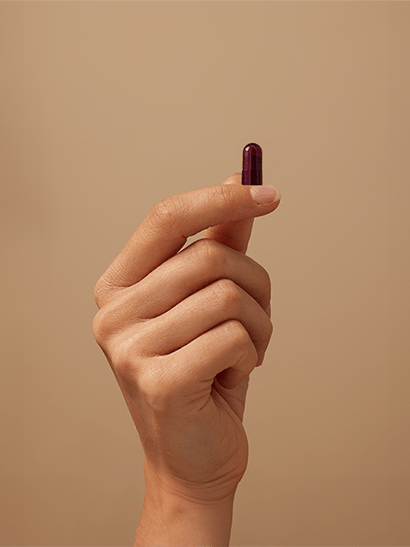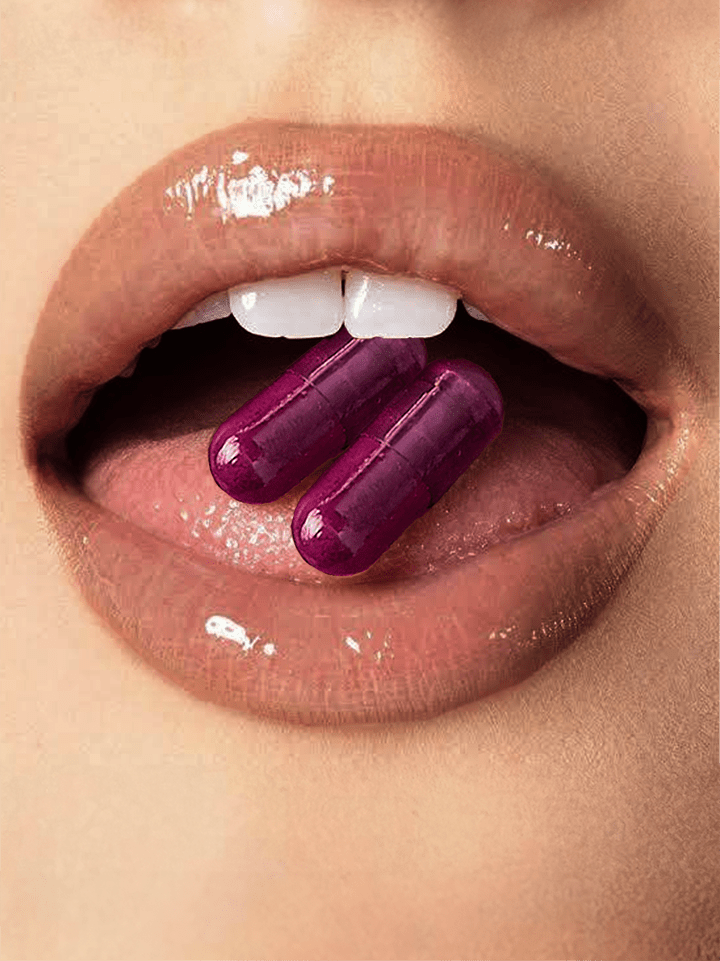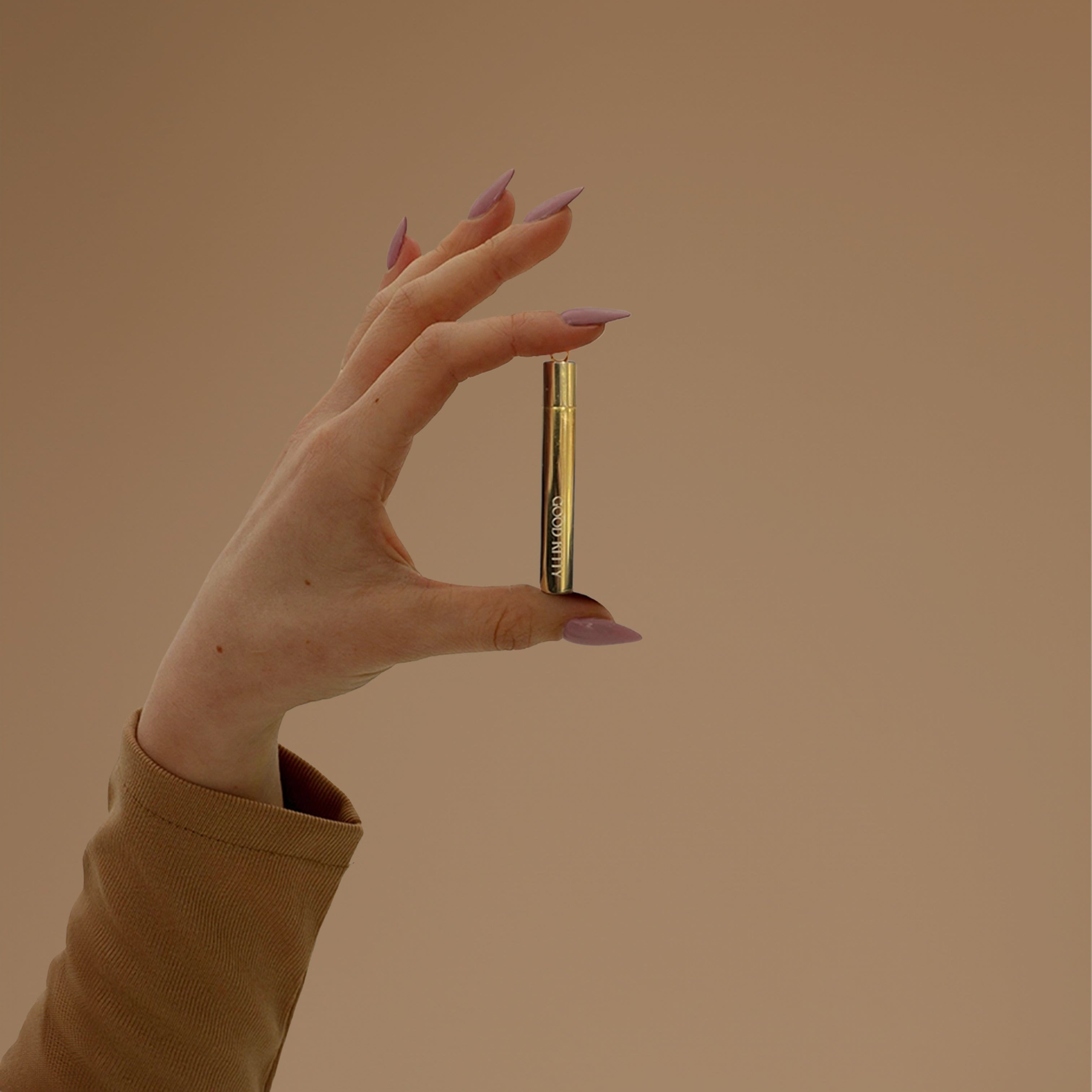The Hidden Connection: How Your Vaginal Microbiome Affects Recurring UTIs
If you're among the millions of women suffering from recurring UTIs despite doing "everything right," you're not alone. The frustration of following all the common advice only to face another painful infection can be overwhelming. But emerging research reveals a crucial connection that might explain why your UTIs keep coming back—and it's not what most doctors are telling you.
At Good Kitty, we believe understanding the complete picture of urogenital health is essential for breaking the cycle of recurring infections. This article explores the complex relationship between your vaginal microbiome and urinary tract health, revealing why sex often triggers UTIs even when you're taking all the recommended precautions.
Understanding the Urogenital System
Your urogenital health—encompassing both vaginal and bladder health—is deeply interconnected. These systems don't operate in isolation, and issues in one area can significantly impact the other. This connection explains why:
- UTIs commonly begin after introducing new bacteria to the urinary tract
- Bacteria can establish persistent colonies through biofilm formation
- An imbalanced vaginal microbiome can directly contribute to recurring UTIs
Most women with recurrent UTIs have tried countless remedies and preventative measures. The reality is that you're probably doing everything right based on conventional knowledge. The problem lies in an incomplete understanding of how these systems interact.
Traditional Understanding of UTIs
The conventional explanation for UTIs focuses primarily on external bacterial introduction. Here's what most healthcare providers tell patients:
The E. coli Factor
Escherichia coli (E. coli) is responsible for 80-90% of urinary tract infections in the general population. These bacteria typically originate in the intestinal tract and can migrate to the urinary system.
Logically, you might assume that recurring UTIs following sex and other triggering activities like exercise or travel result from repeatedly introducing new bacteria into the urinary tract. However, research now shows this isn't always the mechanism at work.
Our UTI Causes Guide provides a comprehensive overview of how these infections typically start, but the recurrence mechanism is often more complex than simple reintroduction of bacteria.
The Biofilm Factor in Recurring Infections
For many women with recurrent UTIs, the problem isn't new bacteria—it's bacteria that never fully left from previous infections.
What is Bacterial Biofilm?
Biofilm is a protective network of bacterial cells and secreted compounds that forms a shield difficult for antibiotics and the immune system to penetrate. This bacterial defense mechanism allows pathogens to:
- Adhere to the bladder wall
- Create protective colonies
- Remain dormant for extended periods
- Evade detection by standard urine cultures
- Survive antibiotic treatments
During an infection, bacteria can form biofilm on the bladder wall, protecting themselves from both the immune system and antibiotic treatments. These shielded bacteria can later release from the biofilm, replicate, and cause what appears to be a "new" infection.
Research published in Microbiology Spectrum confirms that biofilms play a significant role in recurrent UTIs and help explain why 30-44% of females with their first UTI will experience a second UTI within six months.
Vaginal Microbiome: The Missing Link
Recent research reveals a critical connection between vaginal health and urinary tract infections that has been largely overlooked in conventional treatment approaches.
The Healthy Vaginal Ecosystem
The vaginal microbiome is a complex community of microorganisms that naturally inhabit the vagina. In healthy individuals, this ecosystem is dominated by bacteria from the Lactobacillus genus, which:
- Excrete lactic acid and hydrogen peroxide
- Maintain a low vaginal pH (typically between 3.8 and 4.5)
- Inhibit the growth of potentially harmful bacteria
- Support vaginal tissue integrity
This acidic environment created by Lactobacilli serves as the first line of defense against pathogenic bacteria. When this delicate balance is disrupted, the pH rises, creating conditions where harmful bacteria can flourish.
Bacterial Vaginosis and UTI Risk
One type of bacteria that can overgrow in this imbalanced environment is Gardnerella vaginalis, the primary bacterium responsible for Bacterial Vaginosis (BV). According to the Centers for Disease Control and Prevention, approximately 29.2% of women ages 14-49 currently have BV, yet remarkably, 84% of those women experience no symptoms.
This silent imbalance creates a significant risk factor for UTIs.
How Sexual Activity Triggers Recurring UTIs
Groundbreaking research from the University of Washington published in PLOS Pathogens revealed a revolutionary understanding of how sex triggers UTIs in women with recurring infections.
The G. vaginalis Connection
Here's the mechanism researchers discovered:
- During sexual activity, G. vaginalis from the vagina enters the urinary tract
- G. vaginalis damages and weakens the bladder wall cells
- This damage makes the bladder more vulnerable to E. coli already present from previous infections
- E. coli protected in biofilm seize the opportunity to multiply and cause another UTI
This explains why many women experience UTIs after sex even when practicing all recommended prevention strategies. The trigger isn't new E. coli being introduced—it's already there, protected in biofilm. Instead, G. vaginalis transported from the vagina during sexual activity damages the bladder wall, creating the perfect opportunity for dormant E. coli to cause another infection.
 Visual representation of how G. vaginalis from the vagina can trigger dormant E. coli in the bladder
Visual representation of how G. vaginalis from the vagina can trigger dormant E. coli in the bladder
This mechanism is especially likely if you suffer from BV (which may be asymptomatic), as G. vaginalis would be present at higher concentrations.
The Cycle of Infections: UTIs and BV
Understanding the relationship between vaginal health and urinary tract infections reveals a troubling cycle that can keep women trapped in recurring infections.
How Antibiotics Contribute to the Problem
Standard UTI treatment typically involves antibiotics, which can:
- Disrupt the healthy vaginal microbiome
- Reduce beneficial Lactobacillus populations
- Cause vaginal pH to rise
- Increase the risk of Bacterial Vaginosis
This disruption explains why it's common for women with recurring UTIs to also experience recurrent BV. The vaginal infections, in turn, increase the risk of more UTI episodes, creating a seemingly endless cycle of infections.
Our research at Good Kitty has found that many women report this exact pattern—UTI, antibiotics, BV, then another UTI—creating a frustrating loop that standard medical advice rarely addresses. Breaking this cycle requires a comprehensive approach that prioritizes the health of both the urinary tract and the vaginal microbiome.
Beyond Sex: Other Triggering Activities
While sex is a common trigger for recurring UTIs, the same mechanism can apply to other activities or conditions:
- High-intensity exercise
- Dietary triggers
- Stress
- Hormonal fluctuations
- Travel
In each case, disruption of the urogenital microbiome balance can create conditions where dormant bacteria activate and cause symptoms.
Breaking the Cycle: Good Kitty's Approach
At Good Kitty, we've developed a comprehensive approach to address the complex factors involved in recurring UTIs.
Dual-System Support
Our protocols focus on simultaneously supporting both urinary and vaginal health:
- Biofilm Disruption: Targeting established bacterial colonies in the bladder
- Vaginal Microbiome Support: Restoring and maintaining healthy Lactobacillus populations
- Urinary Tract Protection: Creating an environment resistant to bacterial colonization
The UTI Biome Shield combines science-backed ingredients that work synergistically to:
- Prevent bacterial adhesion with 100% bioavailable cranberry PACs
- Create a barrier to bacterial colonization with D-mannose
- Support immune function with targeted vitamins and minerals
- Promote healthy vaginal flora with specialized prebiotics
Proactive Protection
Research clearly shows that the vaginal microbiome and urinary tract health are intricately connected. While science is still evolving in this area, a proactive approach to maintaining vaginal health is essential for preventing recurring UTIs.
Frequently Asked Questions
Why do I keep getting UTIs despite following all the common advice?
Traditional UTI prevention advice focuses primarily on external factors (wiping front to back, urinating after sex, etc.) but often overlooks the internal factors like biofilm formation and vaginal microbiome health. Research now shows that for many women with recurring UTIs, the infection isn't completely new each time—it's a reactivation of bacteria already present in the bladder, triggered by changes in the urogenital environment.
Should I be tested for BV if I have recurring UTIs?
Yes, especially if your UTIs frequently occur after sex. Since up to 84% of women with BV don't experience symptoms, you might have an imbalanced vaginal microbiome without realizing it. This imbalance significantly increases your risk of recurring UTIs through the mechanism described in this article. Ask your healthcare provider about testing for BV, even if you don't have obvious symptoms.
How can I tell if biofilm is contributing to my recurring UTIs?
Standard urine cultures often miss bacteria protected in biofilm, making diagnosis challenging. Signs that biofilm might be involved include: infections that recur shortly after antibiotic treatment, UTIs that consistently occur after the same triggers, and multiple negative cultures despite UTI symptoms.
Can probiotics help prevent recurring UTIs?
Research indicates that certain probiotic strains, particularly Lactobacillus species, may help maintain vaginal microbiome health and reduce UTI recurrence. A systematic review in the Journal of Infection found that probiotics can be effective as part of a comprehensive approach to preventing recurring UTIs.
How long does it take to break the cycle of recurring UTIs?
Breaking the cycle of recurring UTIs typically takes a consistent approach over 3-6 months. Because biofilm formation and microbiome imbalances develop over time, resolving these issues also requires time. Many women using Good Kitty's comprehensive protocol report significant improvement within 1-2 months, with continued progress over several months of consistent use.
→ Why are UTIs more common in women
→ Recurrent UTIs and why they keep coming back
If you're experiencing symptoms of a urinary tract infection, consult your healthcare provider for proper diagnosis and treatment. This information is not intended to replace professional medical advice.
References:
- Kramer, M. (2020). Chronic urinary tract infection vs recurrent UTI. Live UTI Free.
- Centers for Disease Control and Prevention. (2020). Bacterial Vaginosis (BV) Statistics.
- Kline, K.A., & Lewis, A.L. (2016). Gram-Positive Uropathogens, Polymicrobial Urinary Tract Infection, and the Emerging Microbiota of the Urinary Tract. Microbiology Spectrum, 4(2).
- Gilbert, N.M., O'Brien, V.P., & Lewis, A.L. (2017). Transient microbiota exposures activate dormant Escherichia coli infection in the bladder and drive severe outcomes of recurrent disease. PLOS Pathogens, 13(3).
- Reid, G. (2001). Probiotic agents to protect the urogenital tract against infection. American Journal of Clinical Nutrition, 73(2 Suppl):437S-443S.
- Brubaker, L., & Wolfe, A.J. (2021). The female urinary microbiota, urinary health and common urinary disorders. Annals of Translational Medicine, 9(12).
Read more

Beyond Emotional and Physical Connection there's a third dimension of intimacy that can be just as powerful yet receives far less attention: intellectual intimacy.

Learn to distinguish between UTI and overactive bladder symptoms, causes, and treatments. Stop misdiagnosis and find the right solution for your frequent urination.








